16 Complete Protein Pairings with Kale
Summary:
- Kale contains a moderate amount of protein - about 0.6 grams per cup.
- However, kale provides only 8 of the 9 essential amino acids sufficiently - it is a little low on methionine.[1]
- Kale pairs well with brazil nut, pili nut, chia seeds, sesame seeds or wild rice to create a complete protein profile. [2] More kale pairings and detailed analysis below.
A complete protein is a protein source that "contains adequate proportions of the nine essential amino acids" that our body can not produce on its own.
We analyzed the amino acid composition of kale, and found both vegan and vegetarian pairings with kale that creates a complete protein profile. Read on to discover new combinations of foods to enjoy!
Details on how we calculate complete protein profiles.
Amount of Protein in Kale
A decent source of supplementary protein, a single cup of kale contains 0.6 grams of protein, or about 1% of recommended daily values. [1]
To get the adequate amount of protein with kale alone, you will need 82 cups of kale (1710 grams) for an average female, or 98 cups of kale for males. [4] That's about 599 calories, and a lot of kale! Supplementing kale with food higher in protein is a good idea.
Full nutritional profile for kale
USDA Source: Kale, raw
Macronutrients in 1 cup (21g) of kale:
| % of RDV | Amount | ||
| Calories |
|
0.4% | 7 kCal |
| Carbohydrates |
|
0% | - |
| Total fat |
|
0.5% | 0.3 grams |
| Protein |
|
1.2% | 0.6 grams |
Essential Amino Acids in Kale
Proportionally, kale does contain abundant amounts of 8 out of the nine essential amino acids. However, kale is a little short on methionine.[1]
To have adequate amounts of all nine essential amino acids with kale alone, you will have to eat 141 cups of kale (2966 grams) for an average person. [2]
That's about 73% more kale to compensate for the lack of methionine, compared to the protein requirement alone.
The amount of each essential amino acid in 1 cup (21g) of kale:
| Amino Acid | % of RDV [2] | Amount [1] |
Complete / Adequate |
|
| Protein |
|
1.2% | 0.613g | |
| Histidine |
|
5.7% | 0.036g | |
| Isoleucine |
|
4.3% | 0.037g | |
| Leucine |
|
2.3% | 0.043g | |
| Lysine |
|
2.1% | 0.037g | |
| Methionine |
|
0.7% | 0.006g | |
| Phenylalanine |
|
2.1% | 0.032g | |
| Threonine |
|
3.1% | 0.028g | |
| Tryptophan |
|
2.8% | 0.007g | |
| Valine |
|
3.1% | 0.033g |
More Complete Protein with Kale
- Brazil Nut
- Pili Nut
- Chia Seeds
- Sesame Seeds
- Wild Rice
- Hemp Seeds
- Poppy Seeds
- Hedge Mustard Seeds
- Nori
- Chestnut
- White Rice
- Cornmeal
Vegan 1. Brazil Nut and Kale

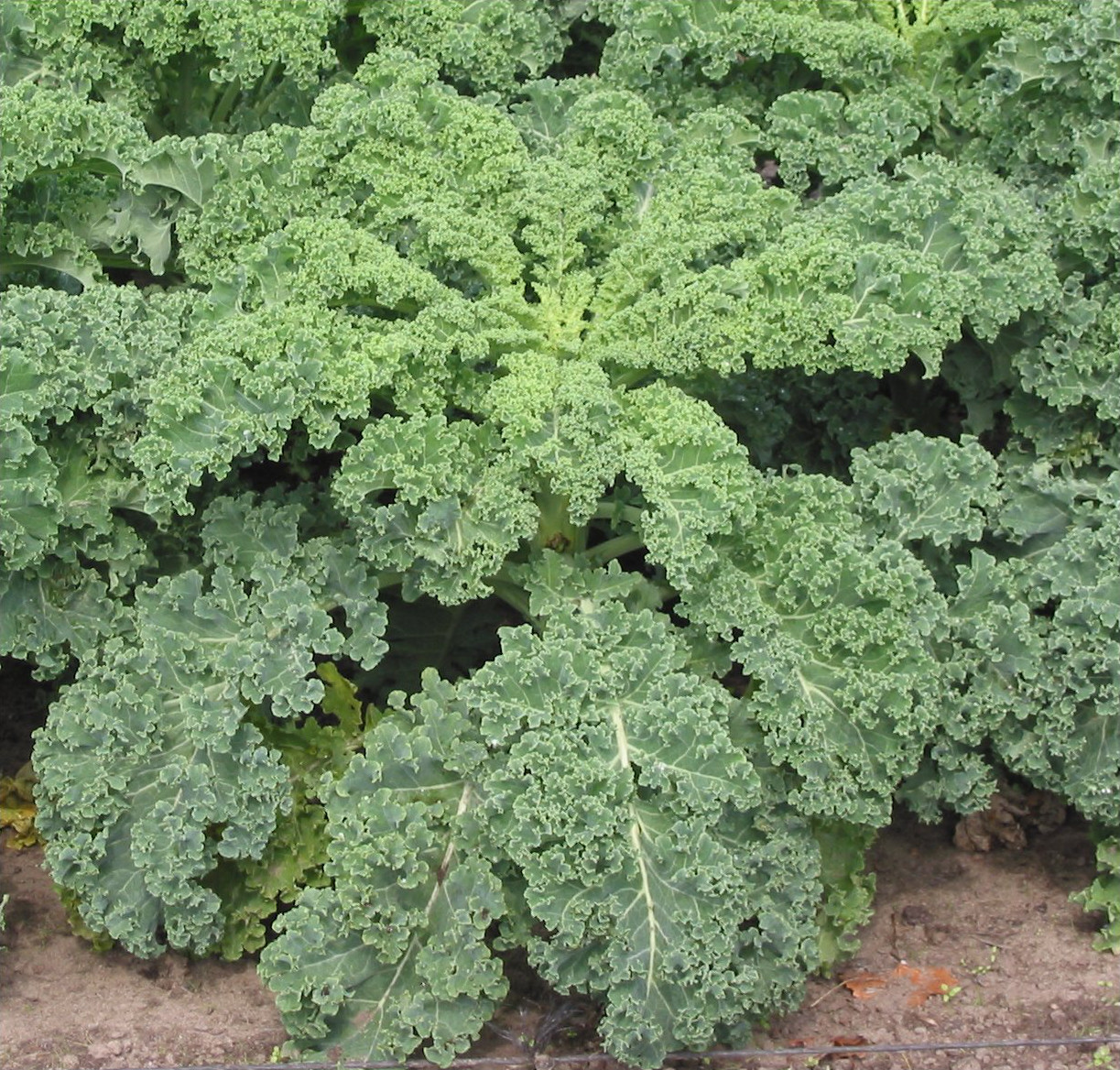
A reasonable source of supplementary protein, brazil nut is high in methionine, which is complementary to kale.
A ratio of 5 cups of kale (105g) and 0.8 teaspoon of brazil nut (2g) creates a complete protein profile. The entire range to create a complete protein are ratios of 1:0.02 to 1:0 for kale to brazil nut by weight.
Full nutritional profile for brazil nut
USDA Source: Nuts, brazilnuts, dried, unblanched
| Amino Acid | % of RDV [2] | Amount [5] |
Complete / Adequate |
|
| Protein |
|
6.7% | 3.4g | |
| Histidine |
|
30% | 0.19g | |
| Isoleucine |
|
22.6% | 0.19g | |
| Leucine |
|
12.7% | 0.24g | |
| Lysine |
|
11.3% | 0.19g | |
| Methionine |
|
6.3% | 0.05g | |
| Phenylalanine |
|
11.5% | 0.17g | |
| Threonine |
|
16.1% | 0.15g | |
| Tryptophan |
|
15.2% | 0.04g | |
| Valine |
|
16.9% | 0.18g |
Vegan 2. Pili Nut and Kale
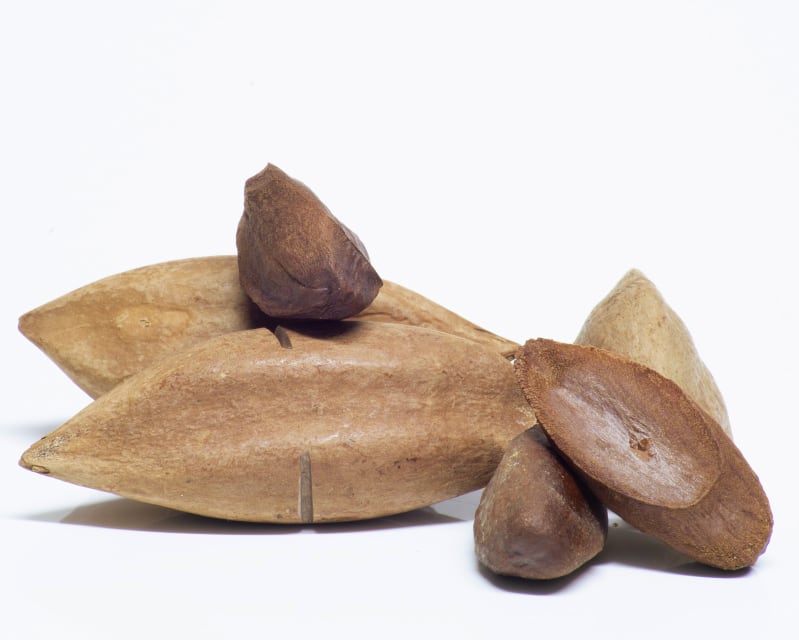

Pili nut is a reasonable source of supplementary protein, and is high in methionine, complementing the profile of kale.
For example, 5 cups of kale (105g) and 1.1 tablespoons of pili nut (8g) make a complete amino acids profile. The entire range to create a complete protein are ratios of 1:0.08 to 1:0 for kale to pili nut by weight.
Full nutritional profile for pili nut
USDA Source: Nuts, pilinuts, dried
| Amino Acid | % of RDV [2] | Amount [6] |
Complete / Adequate |
|
| Protein |
|
8% | 4g | |
| Histidine |
|
32.1% | 0.2g | |
| Isoleucine |
|
26.1% | 0.22g | |
| Leucine |
|
15.4% | 0.29g | |
| Lysine |
|
12.6% | 0.21g | |
| Methionine |
|
7.4% | 0.06g | |
| Phenylalanine |
|
13.4% | 0.2g | |
| Threonine |
|
19.1% | 0.17g | |
| Tryptophan |
|
20.3% | 0.05g | |
| Valine |
|
20.9% | 0.23g |
Vegan 3. Chia Seeds and Kale
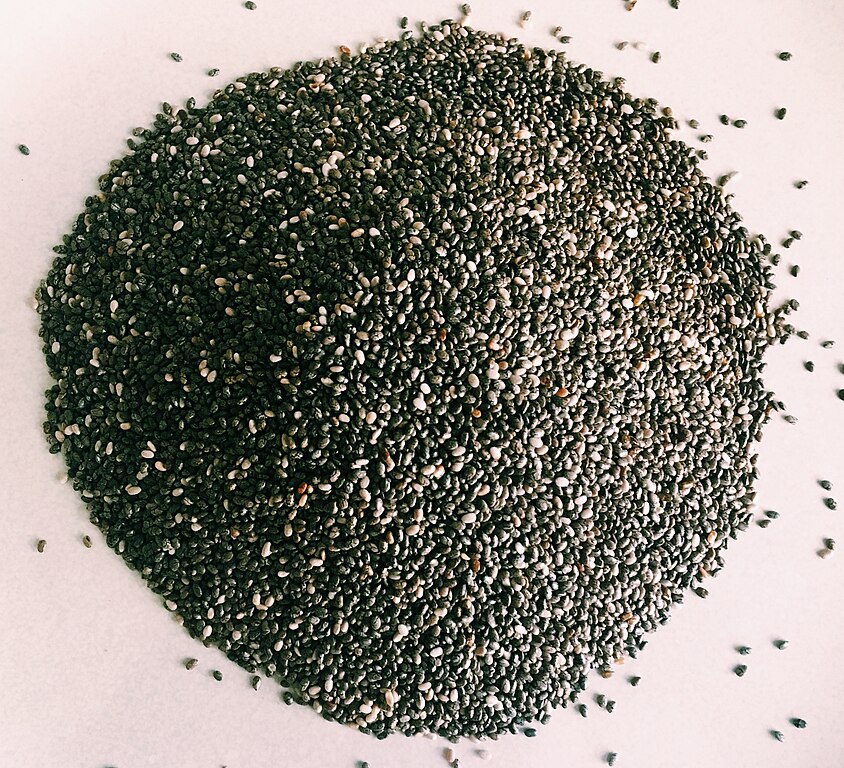

A reasonable source of supplementary protein, chia seed is high in methionine, which is complementary to kale.
A ratio of 5 cups of kale (105g) and 0.2 ounce of chia seeds (6g) creates a complete protein profile. The entire range to create a complete protein are ratios of 1:0.06 to 1:11 for kale to chia seed by weight.
Full nutritional profile for chia seeds
USDA Source: Seeds, chia seeds, dried
| Amino Acid | % of RDV [2] | Amount [7] |
Complete / Adequate |
|
| Protein |
|
8% | 4g | |
| Histidine |
|
33.6% | 0.21g | |
| Isoleucine |
|
26.8% | 0.23g | |
| Leucine |
|
15.6% | 0.29g | |
| Lysine |
|
14% | 0.24g | |
| Methionine |
|
7.5% | 0.06g | |
| Phenylalanine |
|
14.5% | 0.22g | |
| Threonine |
|
19.9% | 0.18g | |
| Tryptophan |
|
23.9% | 0.06g | |
| Valine |
|
20.6% | 0.22g |
Vegan 4. Sesame Seeds and Kale


Sesame seed is a reasonable source of supplementary protein, and is high in methionine, complementing the profile of kale.
For example, 5 cups of kale (105g) and 0.7 tablespoon of sesame seeds (7g) make a complete amino acids profile. The entire range to create a complete protein are ratios of 1:0.06 to 1:0.01 for kale to sesame seed by weight.
Full nutritional profile for sesame seeds
USDA Source: Seeds, sesame seeds, whole, roasted and toasted
| Amino Acid | % of RDV [2] | Amount [8] |
Complete / Adequate |
|
| Protein |
|
8.3% | 4.2g | |
| Histidine |
|
33.8% | 0.21g | |
| Isoleucine |
|
26.9% | 0.23g | |
| Leucine |
|
15.9% | 0.3g | |
| Lysine |
|
12.8% | 0.22g | |
| Methionine |
|
7.8% | 0.07g | |
| Phenylalanine |
|
14.5% | 0.22g | |
| Threonine |
|
20.4% | 0.18g | |
| Tryptophan |
|
23.4% | 0.06g | |
| Valine |
|
21.2% | 0.23g |
Vegan 5. Wild Rice and Kale


A reasonable source of supplementary protein, wild rice is high in methionine, which is complementary to kale.
A ratio of 5 cups of kale (105g) and 3.3 tablespoons of wild rice (34g) creates a complete protein profile. The entire range to create a complete protein are ratios of 1:0.33 to 1:0.04 for kale to wild rice by weight.
Full nutritional profile for wild rice
USDA Source: Wild rice, cooked
| Amino Acid | % of RDV [2] | Amount [9] |
Complete / Adequate |
|
| Protein |
|
8.9% | 4.4g | |
| Histidine |
|
34.3% | 0.22g | |
| Isoleucine |
|
28% | 0.24g | |
| Leucine |
|
16.4% | 0.31g | |
| Lysine |
|
14.1% | 0.24g | |
| Methionine |
|
8.3% | 0.07g | |
| Phenylalanine |
|
15% | 0.22g | |
| Threonine |
|
20.1% | 0.18g | |
| Tryptophan |
|
20.6% | 0.05g | |
| Valine |
|
22.8% | 0.25g |
Vegan 6. Hemp Seeds and Kale


Hemp seed is a great source of protein, and is high in methionine, complementing the profile of kale.
For example, 5 cups of kale (105g) and 0.4 tablespoon of hemp seeds (4g) make a complete amino acids profile. The entire range to create a complete protein are ratios of 1:0.04 to 1:0.01 for kale to hemp seed by weight.
Full nutritional profile for hemp seeds
USDA Source: Seeds, hemp seed, hulled
| Amino Acid | % of RDV [2] | Amount [10] |
Complete / Adequate |
|
| Protein |
|
8.9% | 4.4g | |
| Histidine |
|
35.4% | 0.22g | |
| Isoleucine |
|
27.9% | 0.24g | |
| Leucine |
|
16.4% | 0.31g | |
| Lysine |
|
14% | 0.24g | |
| Methionine |
|
8.3% | 0.07g | |
| Phenylalanine |
|
14.8% | 0.22g | |
| Threonine |
|
21.5% | 0.19g | |
| Tryptophan |
|
20.4% | 0.05g | |
| Valine |
|
22.7% | 0.24g |
Vegan 7. Poppy Seeds and Kale


A reasonable source of supplementary protein, poppy seed is high in methionine, which is complementary to kale.
A ratio of 5 cups of kale (105g) and 3.1 teaspoons of poppy seeds (9g) creates a complete protein profile. The entire range to create a complete protein are ratios of 1:0.08 to 1:17 for kale to poppy seed by weight.
Full nutritional profile for poppy seeds
USDA Source: Spices, poppy seed
| Amino Acid | % of RDV [2] | Amount [11] |
Complete / Adequate |
|
| Protein |
|
9.3% | 4.6g | |
| Histidine |
|
35.2% | 0.22g | |
| Isoleucine |
|
29.7% | 0.26g | |
| Leucine |
|
17.5% | 0.33g | |
| Lysine |
|
15.6% | 0.27g | |
| Methionine |
|
8.7% | 0.07g | |
| Phenylalanine |
|
15% | 0.22g | |
| Threonine |
|
22% | 0.2g | |
| Tryptophan |
|
20.3% | 0.05g | |
| Valine |
|
24.4% | 0.26g |
Vegan 8. Hedge Mustard Seeds and Kale


Hedge mustard seed is a reasonable source of supplementary protein, and is high in methionine, complementing the profile of kale.
For example, 5 cups of kale (105g) and 3.5 tablespoons of hedge mustard seeds (16g) make a complete amino acids profile. The entire range to create a complete protein are ratios of 1:0.15 to 1:31 for kale to hedge mustard seed by weight.
Full nutritional profile for hedge mustard seeds
USDA Source: Seeds, sisymbrium sp. seeds, whole, dried
| Amino Acid | % of RDV [2] | Amount [12] |
Complete / Adequate |
|
| Protein |
|
10% | 5g | |
| Histidine |
|
37% | 0.23g | |
| Isoleucine |
|
33.5% | 0.29g | |
| Leucine |
|
21.9% | 0.41g | |
| Lysine |
|
18.3% | 0.31g | |
| Methionine |
|
9.4% | 0.08g | |
| Phenylalanine |
|
16.9% | 0.25g | |
| Threonine |
|
27.6% | 0.25g | |
| Tryptophan |
|
30.6% | 0.08g | |
| Valine |
|
26% | 0.28g |
Vegan 9. Nori and Kale
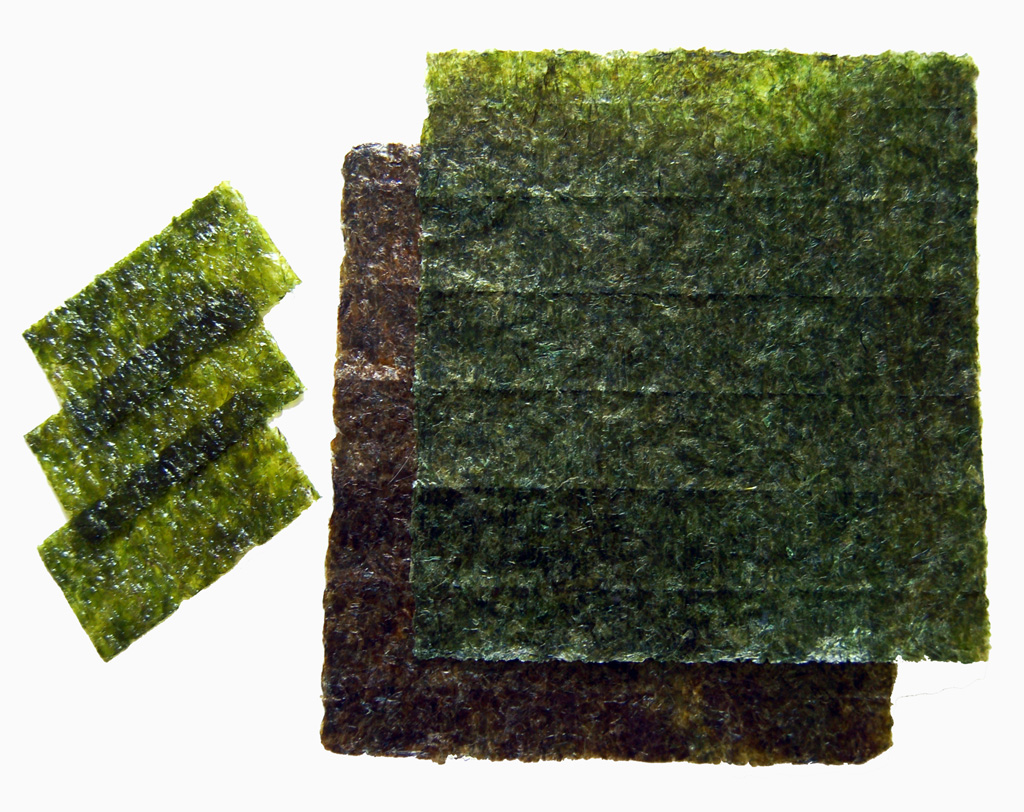

A reasonable source of supplementary protein, nori is high in methionine, which is complementary to kale.
A ratio of 5 cups of kale (105g) and 13.8 sheets of nori (36g) creates a complete protein profile. The entire range to create a complete protein are ratios of 1:0.34 to 1:0.6 for kale to nori by weight.
Full nutritional profile for nori
USDA Source: Seaweed, laver, raw
| Amino Acid | % of RDV [2] | Amount [13] |
Complete / Adequate |
|
| Protein |
|
10.3% | 5.2g | |
| Histidine |
|
36.7% | 0.23g | |
| Isoleucine |
|
32.2% | 0.28g | |
| Leucine |
|
20.9% | 0.4g | |
| Lysine |
|
15.4% | 0.26g | |
| Methionine |
|
9.6% | 0.08g | |
| Phenylalanine |
|
17.2% | 0.26g | |
| Threonine |
|
24.5% | 0.22g | |
| Tryptophan |
|
20.1% | 0.05g | |
| Valine |
|
28.8% | 0.31g |
Vegan 10. Chestnut and Kale


Chestnut is a reasonable source of supplementary protein, and is high in methionine, complementing the profile of kale.
For example, 5 cups of kale (105g) and 0.5 cup of chestnut (77g) make a complete amino acids profile. In fact, any ratio of more than 0.7:1 of chestnut to kale will be complete.
Full nutritional profile for chestnut
USDA Source: Nuts, chestnuts, european, roasted
| Amino Acid | % of RDV [2] | Amount [14] |
Complete / Adequate |
|
| Protein |
|
11% | 5.5g | |
| Histidine |
|
39.4% | 0.25g | |
| Isoleucine |
|
32.5% | 0.28g | |
| Leucine |
|
19% | 0.36g | |
| Lysine |
|
19.2% | 0.33g | |
| Methionine |
|
10.3% | 0.09g | |
| Phenylalanine |
|
17.5% | 0.26g | |
| Threonine |
|
24.9% | 0.22g | |
| Tryptophan |
|
24.5% | 0.06g | |
| Valine |
|
28.2% | 0.3g |
Vegan 11. White Rice and Kale


A reasonable source of supplementary protein, white rice is high in methionine, which is complementary to kale.
A ratio of 5 cups of kale (105g) and 0.6 cup of white rice (105g) creates a complete protein profile. The entire range to create a complete protein are ratios of 1:1 to 1:0.05 for kale to white rice by weight.
Full nutritional profile for white rice
USDA Source: Rice, white, medium-grain, enriched, cooked
| Amino Acid | % of RDV [2] | Amount [15] |
Complete / Adequate |
|
| Protein |
|
11.1% | 5.6g | |
| Histidine |
|
38% | 0.24g | |
| Isoleucine |
|
34% | 0.29g | |
| Leucine |
|
22.4% | 0.42g | |
| Lysine |
|
16% | 0.27g | |
| Methionine |
|
10.4% | 0.09g | |
| Phenylalanine |
|
19.6% | 0.29g | |
| Threonine |
|
25.2% | 0.23g | |
| Tryptophan |
|
25.5% | 0.07g | |
| Valine |
|
29.6% | 0.32g |
Vegan 12. Cornmeal and Kale


Cornmeal is a reasonable source of supplementary protein, and is high in methionine, complementing the profile of kale.
For example, 5 cups of kale (105g) and 3.4 tablespoons of cornmeal (26g) make a complete amino acids profile. The entire range to create a complete protein are ratios of 1:0.25 to 1:0 for kale to cornmeal by weight.
Full nutritional profile for cornmeal
USDA Source: Cornmeal, yellow (Navajo)
| Amino Acid | % of RDV [2] | Amount [16] |
Complete / Adequate |
|
| Protein |
|
11.2% | 5.6g | |
| Histidine |
|
39.5% | 0.25g | |
| Isoleucine |
|
32.5% | 0.28g | |
| Leucine |
|
28.8% | 0.54g | |
| Lysine |
|
15.3% | 0.26g | |
| Methionine |
|
10.5% | 0.09g | |
| Phenylalanine |
|
19.2% | 0.29g | |
| Threonine |
|
24.1% | 0.22g | |
| Tryptophan |
|
19.1% | 0.05g | |
| Valine |
|
27.3% | 0.29g |
Vegetarian 13. Mayonnaise and Kale
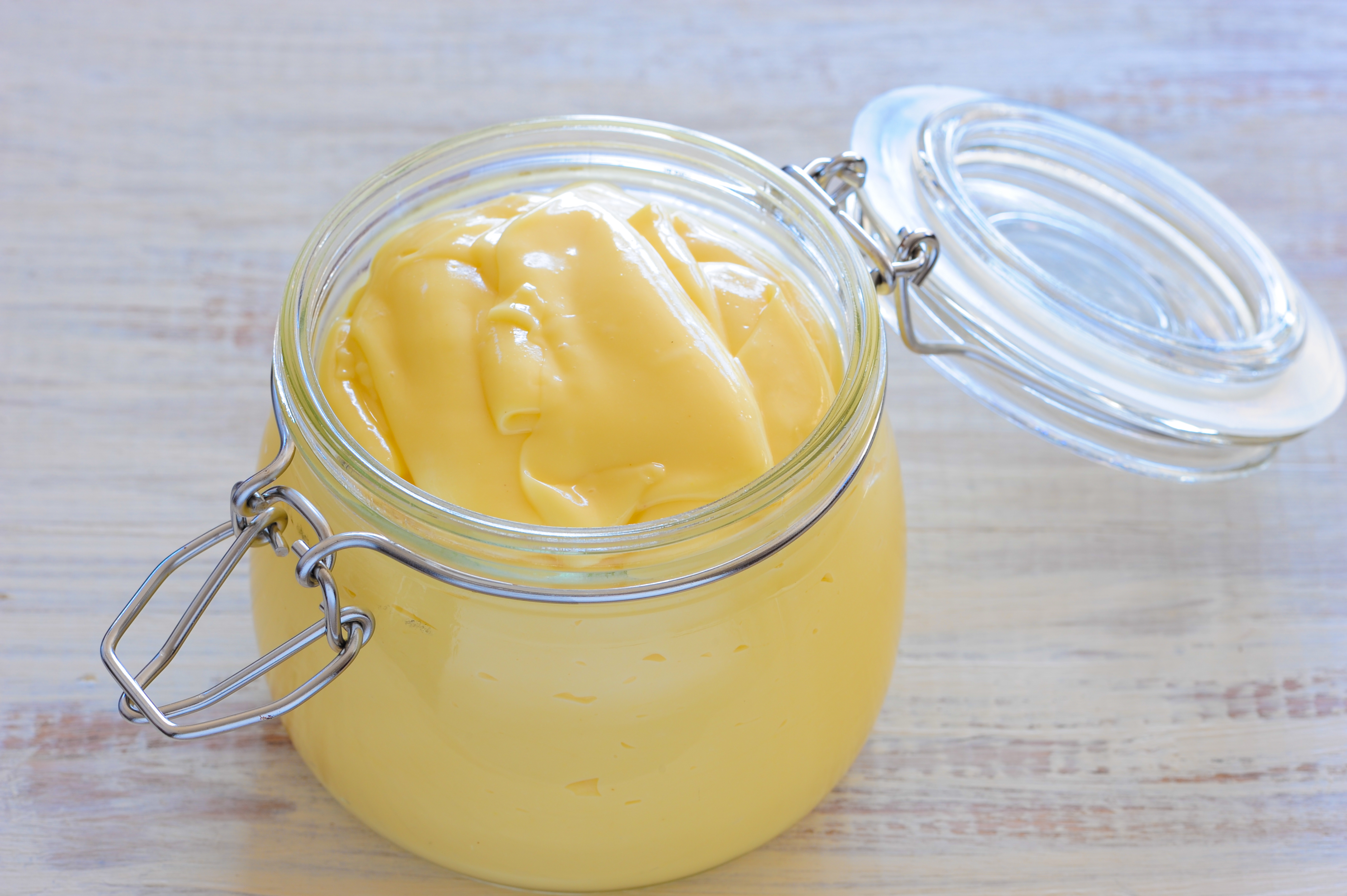

Low in protein, mayonnaise is high in methionine, which is complementary to kale.
A ratio of 5 cups of kale (105g) and 0.4 cup of mayonnaise (95g) creates a complete protein profile. In fact, any ratio of more than 0.9:1 of mayonnaise to kale will be complete.
Full nutritional profile for mayonnaise
USDA Source: Salad dressing, mayonnaise, regular
| Amino Acid | % of RDV [2] | Amount [17] |
Complete / Adequate |
|
| Protein |
|
8% | 4g | |
| Histidine |
|
32.6% | 0.21g | |
| Isoleucine |
|
28.6% | 0.25g | |
| Leucine |
|
16.2% | 0.31g | |
| Lysine |
|
14.8% | 0.25g | |
| Methionine |
|
7.4% | 0.06g | |
| Phenylalanine |
|
14.2% | 0.21g | |
| Threonine |
|
21.1% | 0.19g | |
| Tryptophan |
|
20.4% | 0.05g | |
| Valine |
|
22% | 0.24g |
Vegetarian 14. Sour Cream and Kale


Sour cream is a reasonable source of supplementary protein, and is high in methionine, complementing the profile of kale.
For example, 5 cups of kale (105g) and 0.3 cup of sour cream (48g) make a complete amino acids profile. In fact, any ratio of more than 0.46:1 of sour cream to kale will be complete.
Full nutritional profile for sour cream
USDA Source: Cream, sour, cultured
| Amino Acid | % of RDV [2] | Amount [18] |
Complete / Adequate |
|
| Protein |
|
8.5% | 4.2g | |
| Histidine |
|
35.7% | 0.22g | |
| Isoleucine |
|
30.5% | 0.26g | |
| Leucine |
|
19.6% | 0.37g | |
| Lysine |
|
18.5% | 0.32g | |
| Methionine |
|
7.9% | 0.07g | |
| Phenylalanine |
|
15.6% | 0.23g | |
| Threonine |
|
22.9% | 0.21g | |
| Tryptophan |
|
21.9% | 0.06g | |
| Valine |
|
24.1% | 0.26g |
Vegetarian 15. Caramel and Kale


Low in protein, caramel is high in methionine, which is complementary to kale.
A ratio of 5 cups of kale (105g) and 0.3 cup of caramel (106g) creates a complete protein profile. The entire range to create a complete protein are ratios of 1:1 to 1:0.03 for kale to caramel by weight.
Full nutritional profile for caramel
USDA Source: Toppings, butterscotch or caramel
| Amino Acid | % of RDV [2] | Amount [19] |
Complete / Adequate |
|
| Protein |
|
8.7% | 4.4g | |
| Histidine |
|
35.4% | 0.22g | |
| Isoleucine |
|
32.4% | 0.28g | |
| Leucine |
|
19.5% | 0.37g | |
| Lysine |
|
18% | 0.31g | |
| Methionine |
|
8.1% | 0.07g | |
| Phenylalanine |
|
15.6% | 0.23g | |
| Threonine |
|
23.1% | 0.21g | |
| Tryptophan |
|
14.1% | 0.04g | |
| Valine |
|
25.1% | 0.27g |
Vegetarian 16. Egg and Kale


Egg is a reasonable source of supplementary protein, and is high in methionine, complementing the profile of kale.
For example, 5 cups of kale (105g) and 0.2 egg (10g) make a complete amino acids profile. The entire range to create a complete protein are ratios of 1:0.1 to 1:20 for kale to egg by weight.
Full nutritional profile for egg
USDA Source: Egg, whole, raw, fresh
| Amino Acid | % of RDV [2] | Amount [20] |
Complete / Adequate |
|
| Protein |
|
8.8% | 4.4g | |
| Histidine |
|
33.8% | 0.21g | |
| Isoleucine |
|
29.5% | 0.25g | |
| Leucine |
|
17.4% | 0.33g | |
| Lysine |
|
16.3% | 0.28g | |
| Methionine |
|
8.2% | 0.07g | |
| Phenylalanine |
|
15.3% | 0.23g | |
| Threonine |
|
21.8% | 0.2g | |
| Tryptophan |
|
20.9% | 0.05g | |
| Valine |
|
23.8% | 0.26g |
